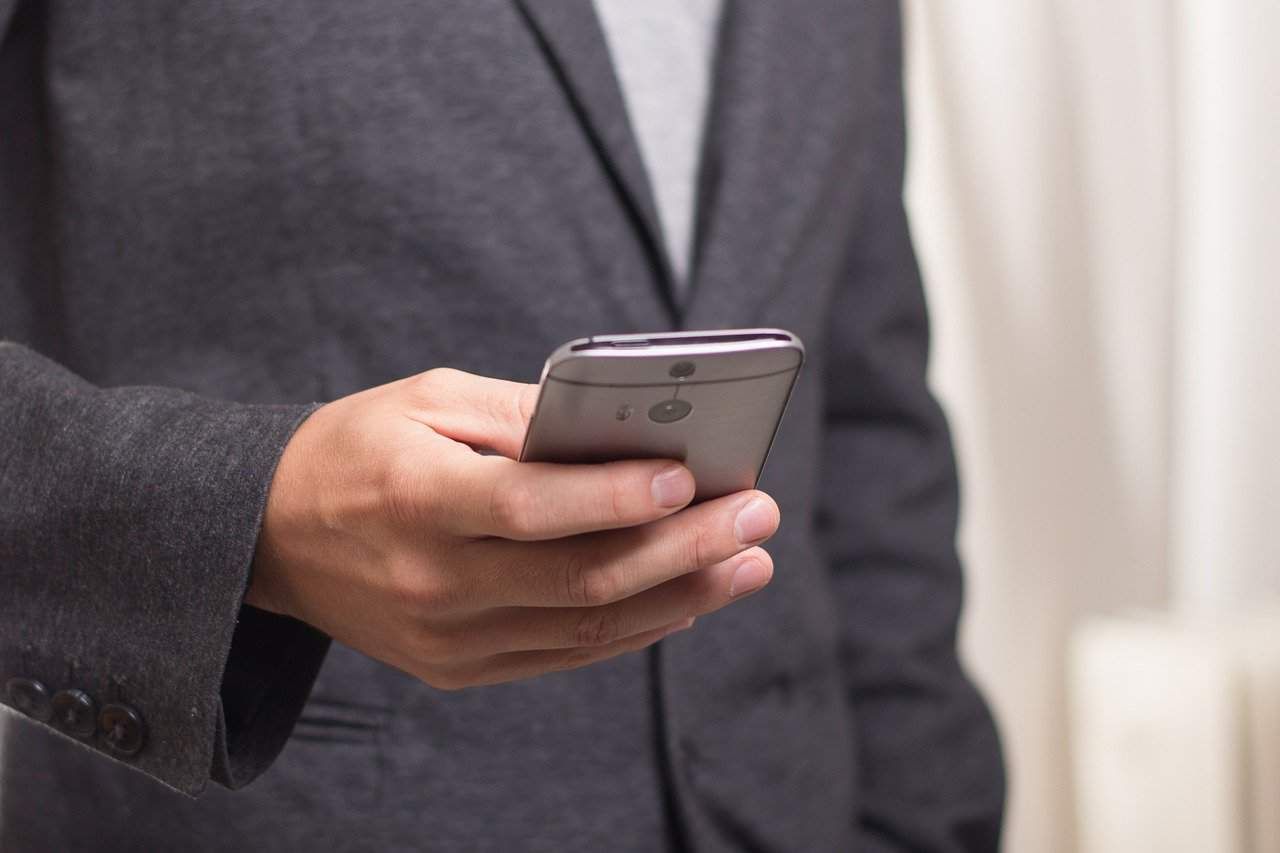
One-Ring Phone Scam
One ring and this scam’s got you if you call back. (photo courtesy Niek Verlaan from Pixabay)
Time and time again, I’ve warned you not to answer calls from numbers you do not recognize on your caller ID. The reason — again — is because phone scammer use caller ID “spoofing” technology to make the call appear as if it is coming from anywhere they want, including your own number.
The problem now is — the scammers are no longer trying to get you to answer. They’re trying to get you to call back.
The Federal Communications Commission (FCC) issued a warning about the one-ring phone scam. It happens just like it sounds: the phone rings once, then…nothing.
Nothing except an alluring number on your caller ID.
“One-ring calls may appear to be from phone numbers somewhere in the United States, including three initial digits that resemble U.S. area codes. But savvy scammers often use international numbers from regions that also begin with three-digit codes – for example, 232 goes to Sierra Leone and 809 goes to the Dominican Republic,” wrote the FCC in a news release. “If you call back, you risk being connected to a phone number outside the U.S. As a result, you may wind up being charged a fee for connecting, along with significant per-minute fees for as long as they can keep you on the phone. These charges may show up on your bill as premium services, international calling, or toll-calling.”
The point is — the same rule applies. If you don’t recognize that number on your caller ID, ignore it. Do NOT call it back!
Still need convincing? Read this: an AT&T blogger found out what happens when someone does call the one-ring caller back.
“If you call the number back, you’re greeted with a message designed to keep you on the line, such as ‘Hello, you have reached the operator, please hold.’ The longer you stay on the line, the more revenue fraudsters generate,” wrote the blogger. The revenue will show up on your bill as a long-distance phone call at an exorbitant, international rate.
Let me say it again: never answer or call back any number you do not recognize on your caller ID, even if the area code is familiar. Let your voicemail do its job and screen your calls. AT&T said you will not be charged for receiving the international “one-ring” call-back scam call. You’re only charged when you call it back.
The more you answer unrecognized calls, the more you confirm to the scammer’s spoofing system that yours is a legitimate phone number (remember, the call is randomly generated). When you confirm your number is a real working number, the scammer will sell it on mass marketing lists to other scammers and telemarketers. The annoying calls will skyrocket unless you discipline yourself to stop answering them. The less you answer, the more the unsolicited calls will taper off and eventually disappear. Scammers will not continue to solicit a number that does not generate a human engagement.
One ringy-dingy, two ringy-dingies — it doesn’t matter. If the caller ID shows an unfamiliar or confusing number, you should never ringy-dingy back.
Copyright 2020 Wise ChoicesTM. All rights reserved.
andy wise, andy wise channel 3, andy wise channel 5, andy wise choices, andy wise florida, andy wise memphis, andy wise reporter, andy wise wmc, andy wise wreg, at&t, caller ID spoofing, consumer investigator andy wise, fcc, federal communications commission, one ring phone scam, phone scams, wise choices